ISSN 2348-1196 (print)
International Journal of Computer Science and Information Technology Research ISSN 2348-120X (online) Vol. 9, Issue 2, pp: (4-10), Month: April - June 2021, Available at: www.researchpublish.com

ISSN 2348-1196 (print)
International Journal of Computer Science and Information Technology Research ISSN 2348-120X (online) Vol. 9, Issue 2, pp: (4-10), Month: April - June 2021, Available at: www.researchpublish.com
Abstract: Computer has turned to be the nerve of life and it has become an essential tool in each aspect and industry. This research paper aims at identifying the importance of computers, generations, components, and development. A computer is an electronic machine that can be programmed to process, store, retrieve, and perform mathematical and logical operations on data. Computers have endured huge developments in their different generations, the matter that has lead to the spread of personal computers with huge potentials in competitive prices. A computer consists of two main parts, which are hardware and software. Hardware components are tangible physical objects that we can see or touch, including motherboard, screen, mouse, and keyboard. Software is programs used to operate a computer, including application software, operating systems and programming languages. After recent technological developments, computers have become very small and cost-effective the matter why acquisition of computers has become more widespread.
Keywords: computers, generations, components, electronic machine.
Currently, we live in this century what is called the information age, and thefirst and last credit for the spread of information with ease is due to the computer that is invented in the second half of the twentieth century by its English inventor Charles Babbage, where the computer became one of theindispensable things in this globalized and digital world and the revolution information and technology throughout all our tracks of life, as well as persons rely heavily on computers to facilitate all life processes and activities, and this is why the computer has become the nerve of life. Additionally, computers have become very important in the field of preparing accounts and budgets for companies and organizations. With time, computers have become somethingthat can never be dispensed with. Computers differ in size and speed, and in the past, computers were distinguished by their large size, as it was the size of the room, and after the recent technological development, the computer became very small, and this is why the acquisition of computers has become more widespread, and its cost has become low. This paper is a detailed research about computers, their importance, generations, components, and development.
A computer is an electronic machine that can be programmed to process, store, retrieve, and perform mathematical and logical operations on data.
From here, it can be known that the computer is not limited to the known devicethat you see in offices and laboratories, but that the computer exists around us inmany forms that we may not see directly, such as computers inside electronic games devices, exchange devices for banks, and means of transportation such as cars and airplanes, means of communication, media and others.
In all of these images, the computer realizes data processing, storage, retrieval, and operations according to a specific program that follows its instructions. Hence, we realize that every computer must have three properties as follows:
Programming - the ability to store and perform mathematical and logical operations - processing. But we will now turn to talking about the computer that is known to everybody.
ISSN 2348-1196 (print)
International Journal of Computer Science and Information Technology Research ISSN 2348-120X (online) Vol. 9, Issue 2, pp: (4-10), Month: April - June 2021, Available at: www.researchpublish.com
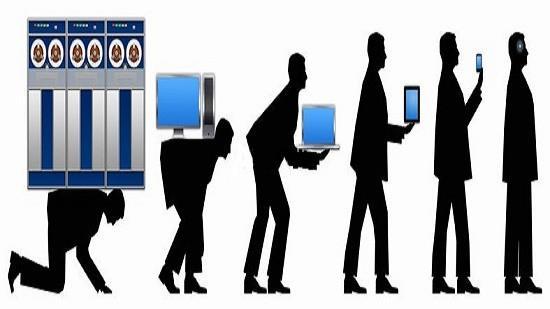
First, let us watch and read a historical overview of the development of computer operating system: Operating systems have gone through great stages of development, and here we will give you an overview of the most important stages of their development, and since operating systems are closely related to computing devices, we will get acquainted with the successive generations of computers to know what their computer systems looked like at their times as follows:
First generation of computers (1945-1955):
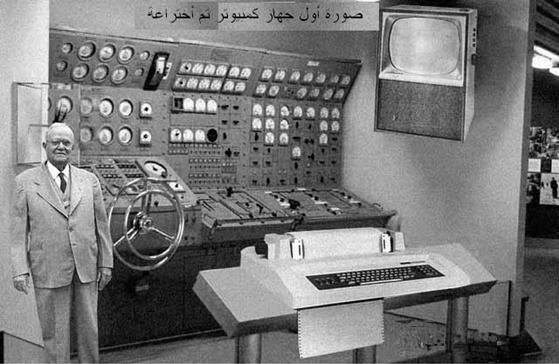
ISSN 2348-1196 (print)
International Journal of Computer Science and Information Technology Research ISSN 2348-120X (online) Vol. 9, Issue 2, pp: (4-10), Month: April - June 2021, Available at: www.researchpublish.com
Computers began to appear during the forties of the last century (Twentieth century), when they were very primitive and had a huge size that filled several rooms. At that time, programming languages were not known and there was no operating system.
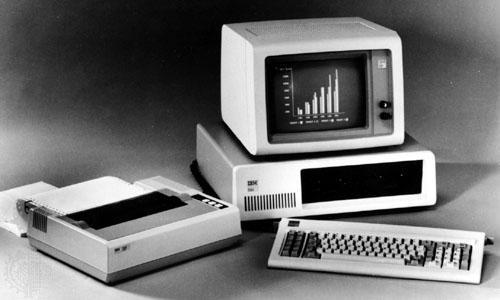
Second generation of computers (1955-1965):
The image of computers has changed radically with the advent of the electronic element, the Transistor, so computers have become smaller, morereliable, and less defective.
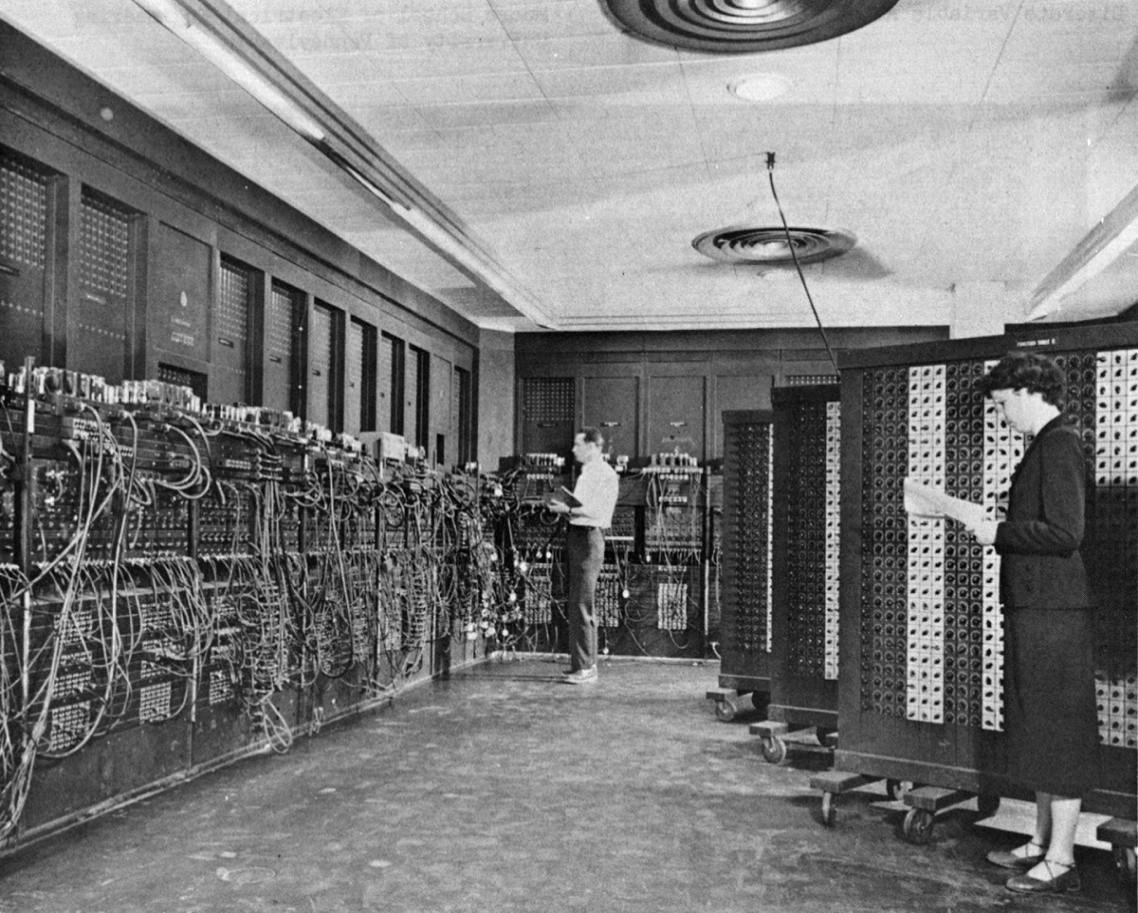
ISSN 2348-1196 (print)
International Journal of Computer Science and Information Technology Research ISSN 2348-120X (online) Vol. 9, Issue 2, pp: (4-10), Month: April - June 2021, Available at: www.researchpublish.com
Third generation of computers (1964 - 1970):
At the end of the 1960s, computer production companies produced two types of computers. The first type was the System/360 computers, which were commercial and relatively small computers depending on programming and using two different types of devices was very difficult because most companies were producing small computers and then expand to larger computers.
IBM Company was able to provide a solution to this dilemma by developing one of the new generations of computers, which was a series of computers compatible with each other in terms of programming, ranging in size from large and powerful to small and commercial computers.
Since these computers have the same instructions, the programs that are written can run on all of these computers, and are designed primarily to handle scientific processes as well as commercial operations.
IBM Company later provided a series of devices compatible with (System/360) device, and this device is the first device to use IC - Integrated electronic circuit, and this leads to a huge development rather than the second generation of computers that used the transistor, and these devices are still in use until now, but with newer versions.
Fourth generation of computers - personal computers (1980):
The era of personal computers has began when computer prices decreased and anyone could acquire a personal computer. Microsoft, owned by Bill Gates, has decided to distribute the operating system with computers in agreement with computer manufacturers, and thus the operating system became (MS DOS); the most famous system in the world.
Operating systems until this time were based on typing commands on thekeyboard, but the matter changed with the emergence of the graphical user interface (GUI), which is initially designed by Xerox using advanced Xerox parc devices.
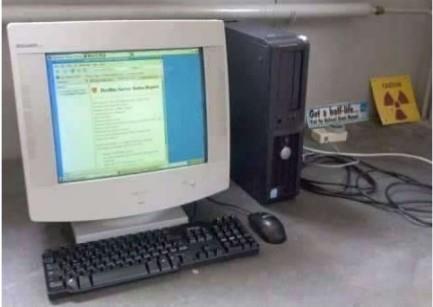
But Apple Co. has inspired by that system the idea of operating system (Lisa), which has not become popular due to its high price, and then Apple has introduced Macintosh as an operating system, which is characterized by ease of work and cheapness, and it has achieved unrivaled success.
Microsoft has started developing Windows, and it was not a real operating system, but it was a graphical layer on top of the MS DOS system, and this continued until the year (1995) when it was called the operating system (Windows 95), and it used DOS Boot System inside.
This is a short historical journey into computer developmentLet's find out what a computer is
ISSN 2348-1196 (print)
International Journal of Computer Science and Information Technology Research ISSN 2348-120X (online) Vol. 9, Issue 2, pp: (4-10), Month: April - June 2021, Available at: www.researchpublish.com
A computer consists of two main parts, which arehardware and software.
1- Hardware
Hardware is the tangible physical object that we can see or touch, such as the motherboard, screen, mouse, and keyboard.
There are two types of hardware:
Input Devices => such as keyboardOutput Devices. => Like screen
==> Hardware without software cannot work.
Any computer parts need software in order to work consistently with the hardware parts of the computer, and it is impossible to operate without it.
2-
Software is programs that we use in our daily life when we use the device, whether it is a computer or a phone, and there are many of such software, such as Photoshop, Painter and others.
These programs are what enable us to use the computer and benefit from it, and there is no value for a computer without software.
There is another very important type of software called drivers. Every electronicpiece that you connect to your computer needs to install a special program (configuration) on the computer so that the computer knows how to deal with it.
So, without special software to run the computer parts, the computer cannot work; as software manages and controls the computer hardware and everycomplement to the other. You cannot, dear reader, imagine using a computer without software because it will be only pieces of scrap.
In general, software has three types:
Application software Operating systems Programming languages
1- Application software:
It is a subclass of computer software that employs the capabilities of a computerto carry out the tasks the user needs. A distinction must be made between such aterm and the system software (operating systems) that we will talk about.
Application software is also called applications, and it is the one that the user uses in the performance of his tasks, whether it is drawing, playing, watching videos or music, or office work such as designing and processing images and texts. All these activities are carried out using application software and among such software: Browsing Internet, antivirus, games, audio player, PowerPoint, and Photoshop.
Application software is primarily intended to serve the user, while systemsoftware is used by the system to perform its tasks. Examples of application software are word processors, song and video players (media players). Anexample of system software is a compiler, programming language translator. Several application software can be bundled together into a single package or a Package Suit. Software in the same group that have a similar interface, makes it easier for the user how to deal with any software in the same group. Other than similarity in the user interface, this group may be related to each other internally. Where it is possible to open software within another software in the same group.
It also includes educational software that is used to train a computer user in a science or to illustrate a specific idea with graphics, pictures, data, text, audio and video.
A software developer can create software tailored to the needs of a specific user using one of the available programming languages that we will also talk about later.
Operating system (OS) is a serious of software that work together to control theflow of software, facilitate using the computer and transferring data, and it is themain software in the computer working as the mediator between the user
ISSN 2348-1196 (print)
International Journal of Computer Science and Information Technology Research ISSN 2348-120X (online) Vol. 9, Issue 2, pp: (4-10), Month: April - June 2021, Available at: www.researchpublish.com
andthe regular software. So we cannot use a computer without an operating system.The operating system performs many of functions that make using a computer possible for humans. Because computer language is not like human language, and dealing with it requires a programming language that acts as a mediator between the user and the computer with its various components, and an operating system implements various software and applications, and performs input and output operations such as dealing with keyboard, screen and sound, and corrects programming errors that may occur during its performance ofvarious operations and software, processing special system files, and regulating use of computer components.
Windows is a popular operating systems that include MS DOS, Unix, Linux, Mac OS and others such as Android and (IOS) in cell phones.
The first operating system to appear officially was MS-DOS, which does not contain a graphical user interface and relies on its work to enter data on the keyboard only.
Programming Language depends on the idea that a computer only understands its binary language, and it is called a machine language that consists of 0 and 1.
The history of programming languages goes back more than 125 years beforethe emergence of the computer itself, where programming languages appearedfor the first time in some industrial uses. It was adopted to control the production of textiles by designing holes in a specific way on different types ofcards, so that these cards are changed to produce different types of textiles. Thereal emergence of the first programming language was in 1956; where a team from IBM developed a programming language known as (FORTRAN), thenfollowed in 1958 by the appearance of the second oldest programming languageknown as (LISP). The emergence of different programming languagescontinued throughout the 20th century when some programming languages arestill used until now as a basic programming language that was invented in 1964.
The seventies witnessed the emergence of a new concept for programming languages, which is the concept of Objectoriented programming. Different programming languages are still used until now as the Pascal language that was developed in 1971 by Niklaus Wirth, and (C) programming language that appeared in 1972 AD, while Structured Query Language (SQL) that was developed by Edgar Code appeared in 1974, and this language is still one of the main and important languages until the present time. Additionally, the programming language (C ++) appeared in 1979. The spread of the Internet led to the development of many programming languages; where Tim Berners-Lee developed the programming language ( HTML) in 1990, It was followed by the emergence of two of the most important programming languages in the world, namely the Python programming language and the Visual Basic programming language. In 1995, Java programming language was introduced by programmersat Sun Microsystems, and at the moment there are tens of thousands of differentprogramming languages as well as the continuous development of new languages that designers believe that it will contribute to solving any problem inhuman life.
Now, in order to make the computer do what we want, we must write to it a series of sequential commands (the code) to execute it, and it is difficult to writethese commands in the language of the binary machine, so programming languages were built to facilitate programming and building projects as we wanteasily.
Programming languages are many and have many principles in common, but in general they differ from each other in writing styles.
Here are some names of programming languages:
• C ++ language: This language is an evolution of the C language, and features have been added to it, making it an Object Oriented language. This language is used in the development of various programs and games.
Java: It is an object-oriented language that existed in the 1990s. This language isone of the most sought after languages, as it can be used in software development, games, web content, as well as mobile applications.
C #: It is a multi-use language developed by Microsoft. It combines the characteristics of (C) and (C ++) languages, and can be used in developing Windows operating system software.
ISSN 2348-1196 (print)
International Journal of Computer Science and Information Technology Research ISSN 2348-120X (online) Vol. 9, Issue 2, pp: (4-10), Month: April - June 2021, Available at: www.researchpublish.com
Perl: It is a dynamic, versatile language that is used in developing web content, as well as web software, graphics and financial accounts.
Java Script language: It is a language supported by many web browsers, and it enables the programmer to add animation and interactive media to web content.
Python: It is a high-level language, which is used in developing server-side scripting (in English: server-side scripting) across websites or mobile applications. This language is characterized by simplicity and ease of reading.
Ruby is a language for writing dynamic, object-oriented scripts that is simple and easy to write.
SQL language: It is a language specialized in database programming, as it is supported by many database management programs, such as: MySQL and Microsoft SQL.
[1] Shapiro, Ehud Y. "The fifth generation project a trip report."Communications of the ACM 26.9 (1983): 637-641.
[2] "Reading: Operating System". Lumen.
[3] What is Software? https://searchapparchitecture.techtarget.com/definition/software
[4] https://www.britannica.com/technology/computer-programming-language